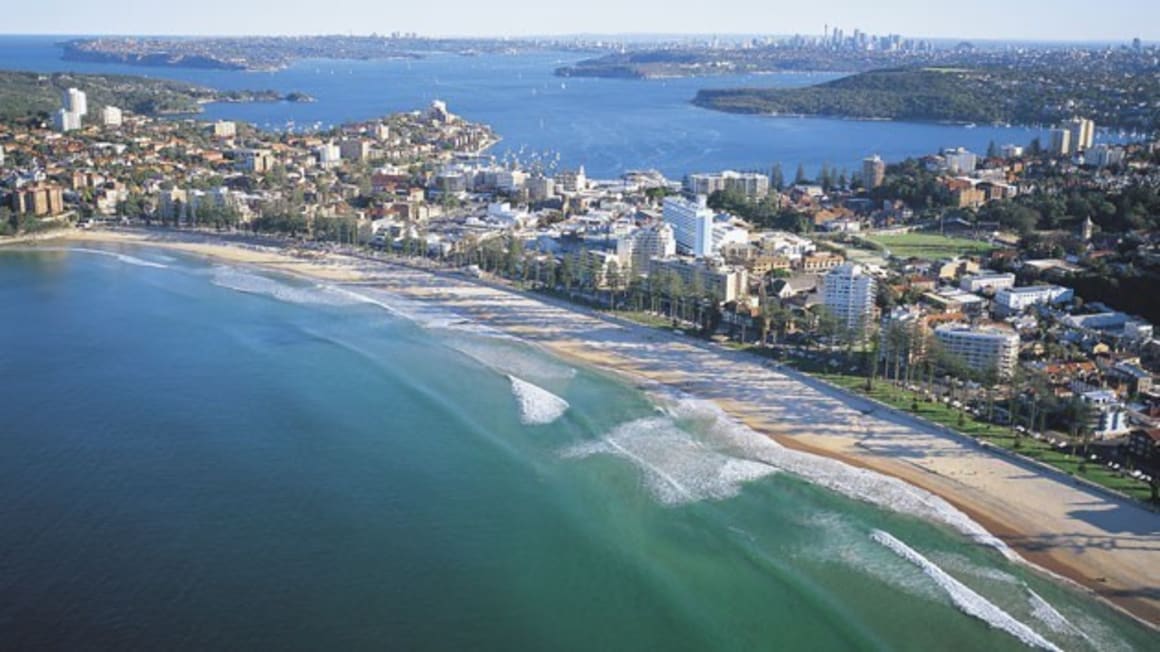Surging Sydney to lead “uneven” recovery in residential property market over next three years: BIS Shrapnel

The Sydney median house price is expected to rise by an average of more than 6% per annum over the next three years leading an uneven recovery in the residential property market, according to new forecasts from BIS Shrapnel.
Sydney median house prices are expected to rise 19% between now and June 2016 – from an estimate of $670,000 as of June 2013 to $795,000 in three years' time.
Gains will be modest to begin with, but then are expected to pick-up from around June 2014 onwards driven by a “sizeable deficiency” in new dwellings to meet demand as well as improved affordability as interest rates remain low.
The other strong gains will come from the resource states with Brisbane (up 17% to $513,000), Perth (up 15% to $600,000) and Darwin (up 10% to $655,000).
However in these three markets, the strongest growth is expected over the next 12 months and is then expected to taper off “as the pipeline of current investment in resource projects is increasingly worked through, with unemployment beginning to rise and migration and population growth slowing”.
Melbourne prices are expected to rise just 5% over the next three years with small gains for Adelaide, Hobart and Canberra with these markets impacted by weaker local economies and the supply of new housing almost in balance with demand. 
Over the next two years, the strongest conditions are forecast for New South Wales, Western Australia, Queensland and the Northern Territory.
While BIS Shrapnel estimates a sizeable deficiency of 83,000 dwellings nationally, or around half a year’s demand, at June 2013, all of the deficiency is confined to these states.
“The deficiency in their state capitals has driven up rents which, together with recent weak price growth, have resulted in improved yields,” says BIS Shrapnel senior manager and study author, Angie Zigomanis.
“In this environment, the lower interest rates are providing the impetus for greater purchaser demand, as is becoming evident in Sydney, Perth and Darwin house prices, while we expect Brisbane will eventually follow.”
In contrast, conditions in Victoria, South Australia, Tasmania and the Australian Capital Territory are forecast to continue to be tough. These states have all experienced strong peaks in construction in recent years that well exceeded demand for new dwellings. The result has been an erosion of their dwelling deficiency and/or an emerging excess of dwelling stock.
“Economically, these states are also underperforming due to a fall off in construction and a negative impact to industry from the high Australian dollar,” says Zigomanis.
“While some pockets may do well in the current low interest rate environment, without any supply pressures, median house prices overall in Melbourne, Adelaide, Hobart and Canberra are forecast to show little change and decline in real terms over the next three years.”
Zigomanis says the general improvement in residential markets since the latter half of 2012 has been initiated by the low interest rate environment. Since October 2011, the official cash rate has fallen by 200 basis points, translating to a 160 basis point fall in variable rates.
“As a result, we are seeing some improvement in some residential market indicators.
“Lending to both owner-occupiers and investors has been trending upwards in the nine months to March 2013.
“Lending to first home buyers has also been trending upwards outside of declines in New South Wales and Queensland, where changes to first home buyer incentives have created a short term dip in demand.”
The gains in residential property are expected to be modest in the coming 12 months as the economy transitions from one driven by resource investment to one driven by consumption and business and residential investment. will not be seamless.
Low interest rates, which could fall further according to BIS Shrapnel, will eventually drive a stronger pick up in retail spending, new dwelling construction and business investment.
This will start to flow through from about mid- 2014 as the non-resource sectors of the economy improve and take over as the main drivers of economic growth.
BIS Shrapnel says the outlook will become more uneven across the country from 2014/15.
By June 2016 all markets are forecast to be impacted to varying extents by rising interest rates as the Reserve Bank moves to push interest rates from their current extremely stimulatory level towards a neutral level over 2015 and 2016.